# Introduction
This online Handbook gets players started with the Opération Manta scenario of the Toyota Wars board game. The original 1991 Strategy and Tactics game magazine (opens new window) contains instructions for more advanced game scenarios.


# Using this rulebook
Skip to the board game introduction.
# Pages
Here's how to use the various pages in the rulebook:
- Along with the Terms and Definitions page, this Intro page aims to demystify the terms and components involved in the Toyota Wars game as much as possible. The Play page will sometimes link to sections of the Intro and Definitions pages for clarification.
- The Setup and Play pages should be used one after the other in that order when playing Toyota Wars, as they walk the players through the game from beginning to end.
- The Tables page will need to be consulted throughout the game as it contains various charts which are indispensable for basic game operations, such as engaging in combat.
# References
Links and references are used as much as possible to facilitate cross-referencing material. A four-digit reference (e.g. 1646) indicates a location on the Toyota Wars map by its hex coordinate. A two-digit decimal reference (e.g. 3.7) indicates to an element on the map legend.
# Callouts
Callouts, info boxes, and other special notes are also used to complement the rulebook. Click on the badge to expand collapsed notes.
TIP
For new players who don't yet know their way around the rulebook.
TIP
Various clarifications that may not at first be obvious in the rules. Notes can also contain optional modifications to the original 1991 rules.
TIP
Summaries of the crucial information in a given section.
TIP
In-game illustrations for a given rule.
Below are some additional note types which are less essential for most players.
TIP
Helpful info and tips for online players.
TIP
Clarifications for players based on which game map they are using.
TIP
Information that is non-essential for the game but interesting nonetheless!
# Military Context
TIP
For more historical background which is not indispensable for play, visit the history corner.
CHAD: The Toyota Wars is a two-player simulation of a series of military conflicts that played out between 1979-1990 in the country of Chad. These conflicts included multiple civil wars and the invasion of the country by neighboring Libya under the leadership of Muammar Gaddafi.
This rulebook gets players started with the Opération Manta scenario of the Toyota Wars game. Opération Manta is the "introductory" scenario to the game, as it only covers a year of civil war: from May 1983, which marks the beginning of the rain season, to April 1984, which marks the end of the dry season. Other longer scenarios included in the full 1991 print rulebook bring additional complexity and rules into play.
TIP
Not all events covered in this game happened during the The Toyota War, which has come to refer to the final phase of the Chadian-Libyan conflict of 1978-1987. Strictly speaking, Opération Manta ended three years before the Toyota War ever began. Still, it would seem that the creators of The Toyota Wars use the plural to refer to the whole series of military conflicts that occurred during this era. An alternate game scenario in the Strategy and Tactics rulebook covers the Toyota War (singular) of 1987.
# Commanders
The Chadian civil war of 1982-1987 played out between Hissène Habré (opens new window), Commander of FAN (Forces Armées du Nord), and Goukouni Oueddei (opens new window), Commander of FAP (Forces Armées Populaires).
Both Habré and Goukouni first rose to prominence as leaders of the northern FROLINAT rebellion against Chad's authoritarian and anti-Muslim president François Tombalbaye in the 1960s. Their eventual rivalry was in part due to stark disagreement on whether or not to pursue Libyan intervention for military support. After this falling out, Idriss Déby, a French-trained leader from northeastern Chad, became Habré's chief military ally.
Goukouni, who eventually became president in 1979, was subsequently overthrown by Habré and Déby in June 1982 and forced to set up a government-in-exile in northern Chad. Opération Manta represents Goukouni's first attempt at wrestling back government control.
Goukouni's government-in-exile, GUNT (Gouvernement d'Union Nationale de Transition), is stationed out of Bardai in the Tibesti mountains in the Sahara, while Habré's government, UNIR (Union Nationale pour l'Indépendance et la Révolution), holds power in N'Djaména, at the confluence of the Chari and Logone rivers.
Goukouni relies heavily on invading Libyan allies for his advance southward toward N'Djaména. Meanwhile, Habré's government receives military support from the OAU (Organization for African Unity) and France. The French 1983-84 intervention under President François Mitterrand was codenamed Opération Manta (opens new window), or "Operation Stingray."
TIP
Brief outline of France and Libya's motivations for intervention in the war:
- The goal of Gaddafi's invasion is to get Goukouni in power so that he can orchestrate a political union between Libya and Chad, a deal which Goukouni agreed to in 1981. If Goukouni succeeds in taking the government, Libyan forces remain loyal to him.
- France's goal is to maintain political stability no matter which government currently controls her former colony. Such a policy allows France to continue benefiting from a privileged economic and military relationship with Chad despite its political ups and downs. However, in a Cold War context, France and the U.S. also suspect Gaddafi of being in a close relationship with the Soviet Union and wish to prevent him from taking control of Chad.
Each player controls one of the two commanders in the civil war. Players will be referred to as the FAN Player (Habré) and the FAP Player (Goukouni).
In Opération Manta, Habré is the initial Government Commander, making the FAN Player the Government Player. During the course of the game, Goukouni may become the Government Commander by recapturing the capital city, N'Djaména, with the help of the invading Libyans and allied guerrilla factions. In other words, the FAP Player can become the Government Player.
TIP
- Habré's UNIR coalition controls the government. FAN is the coalition's main faction.
- Goukouni's GUNT coalition leads the rebellion. FAP is the coalition's main faction.
# Combat Units
Below are all combat units which both Commanders have at their disposal for war.
Units can either be Conventional Units or Guerrilla Units.
# Conventional Units
# Conventional Government Allies
- FANT: Government armed forces. Although formed by Habré in 1982, FANT comes under Goukouni's control if he succeeds in taking N'Djaména.
- Task Force C: French Marine and Air Force units from the Manta task force.
- Task Force K: Peacekeeping forces from the Organization for African Unity. In the Opération Manta scenario, all OAU peacekeeping forces are provided by Zaire's Mobutu administration.
# Conventional FAP Allies
- Task Force P: Troops from the Libyan army and the Islamic Legion, sent by Gaddafi in May 1983 to aid his Chadian ally Goukouni retake N'Djaména. Libyan troops are specifically allied with Goukouni, whether he is in control of the government or not.
- Units from the Libyan army are solid green.
- Units from the Islamic Legion are green with a horizontal stripe on the upper part of the game piece.
# Guerrilla Units
In addition to FAN and FAP, there are a total of 12 other Guerrilla Factions participating in the civil war.
Below are the Guerrilla Factions involved in the Opération Manta scenario.
# UNIR: FAN and FAN-allied Guerrillas
- FAN: Habré's personal army. Whether Habré is Government Commander or Rebel Commander, FAN remain loyal to him.
- MPLT: Allied rebel troops based out of Mao, Kanem, map hex
1631. - PLA: Allied rebel troops based out of Mongororo, Ouaddaï, map hex
4239.
# GUNT: FAP and FAP-allied Guerrillas
- FAP: Goukouni's personal army. Whether Goukouni is Government Commander or Rebel Commander, FAP remain loyal to him.
- CDR: Allied rebel troops based out of Koro Toro, Bourkou
2826. - CODOS: Allied rebel troops based out of Korbol, Moyen Chari
2446.
# Neutral
- MRP: Inactive IGF (Independent Guerrilla Faction) based out of Moundou, Logone,
1849. There are two ways for these units to become active:- MRP are attacked by a player. At this point, they are activated and fight against the attacker, joining their enemy.
- The Government Player can attempt to rally them with a roll of the dice at the start of each Tactical Phase.
TIP
Guerrillas:
- Blue represents Habré and his guerrilla allies.
- Red represents Goukouni and his guerrilla allies.
Conventionals:
- Goukouni conventional allies:
- Green
- Government conventional allies (Habré at beginning of game):
- Purple
- White
- Yellow
TIP
The colors of different units are slightly modified in the simulator:
- All colors are a darker shade in order to stand out against the map.
- French troops have a black background, rather than a white background.
# Game Components
# Game Pieces
Separate game piece types represent combat units, individual guerrilla leaders, commanders, special equipment — such as Anti-Aircraft Artillery — and helpful markers.
The different types of game pieces can be categorized with the following hierarchy:
UNITS
|
|__ Combat Units
| |
| |__ Conventional Units
| |__ Guerrilla Units
| |__ Main Factions
| | |__ FAN
| | |__ FAP
| |__ Other Factions
|
|__ Leaders
| |__Guerrilla Leaders
| |__Commanders
| |__Habré
| |__Goukouni
|
|__ Special Units
|__ Air Units
|__ AAA
|__ SAM
MARKERS
|
|__ IGF Marker
|__ No Water Marker
|__ Fortification Markers
|__ Fortification Construction
|__ Fortification Complete
Let's break down each type of game piece.
# 1. Units
Units represent the vast majority of game pieces. They are pieces which represent the combat units, leaders, commanders, and special equipment who participate in movement and combat. Markers are non-unit game pieces.
# 1.1 Combat Units
Combat Units engage in battle against each other. There are two kinds of Combat units:
- Conventional Units
- Guerrilla Units
| Conventional Unit | [Example] |
|---|---|
 |  |
| Guerrilla Unit | [Example] |
|---|---|
 |  |
TIP
- Only FAN and FAP guerrillas display a loyalty factor.
- Some simulation game pieces do not display a unit number. This does not effect game rules.
- Conventional Unit size I = Company; Conventional Unit size II = Battalion.
- See Conventional Unit Types for explanation of Unit Types.
The game rules will often identify a Combat Unit by referencing its Conventional Strength, Guerrilla Strength, and Movement Allowance. For example, when the rules refer to a FANT 7-3-6 unit, players must look for a purple game piece marked as faction FANT, with a Conventional Strength of 7, a Guerrilla Strength of 3, and an Movement Allowance of 6.
# Conventional Unit Types
Each conventional Combat Unit game piece will indicate what type of unit it is (infantry, armored vehicles, etc...) using one of the symbols below:
| Commando | Infantry | Airborne |
|---|---|---|
 |  |  |
| Recon. | Armored | Mechanized |
|---|---|---|
 |  |  |
# 1.2 Leader Units
Leader units represent individual faction leaders
- Guerrilla Leaders lead individual guerrilla factions.
- Commanders lead the main FAN and FAP factions, as well as their allies, and control either the government or the rebellion.
| Commander | [Example] |
|---|---|
 |  |
| Guerrilla Leader | [Example] |
|---|---|
 |  |
TIP
- A Leader symbol is a banner with the symbol of the Leader's guerrilla faction.
- The IGF Base is a map coordinate that is only used when a unit occupies the status of Independent Guerrilla Faction (IGF), such as MRP at the beginning of Opération Manta (see Combat Units setup). This number is not relevant for units that are controlled by either player.
TIP
Below are a few of the broad traits that characterize different armies and commanders:
- Libyan forces are characterized by an abundance of tanks, mechanized units, and large infantry battalions with excellent conventional battle strength and movement speed.
- FANT are not the most capable units, even in conventional warfare.
- French troops, although they are conventional, can be surprisingly capable at guerrilla warfare as well. Some players find that this combined skill makes the French ideal for guarding the capital city.
- Habré is a much more able military commander compared to Goukouni. He also provides movement advantages for troops with whom he is physically present (see FAN Commander's Movement Bonus).
# 1.3 Special Units
Combat units are assisted by three types of special units:
- Air Units. Not in Opération Manta.
- Anti-Aircraft Artillery (AAA)
- Surface-to-Ais Missiles (SAM). Not in Opération Manta.
| Air Unit | AAA | SAM |
|---|---|---|
 |  |  |
# 2. Markers
Markers are game pieces which help the players keep track of information in-game.
- IGF markers help the players remember which guerrilla factions are independent (see MRP units in Combat Units setup).
- "No Water" markers can be used to easily spot troops in the desert with no water supply (see water requirements).
- Fortification markers are used to indicate which troops have dug into a defensive position (see fortifications).
| IGF | No Water |
|---|---|
 |  |
The fortification marker has two sides, one for a fortification under construction, and one for a completed fortification.
| Construction | Complete | |
|---|---|---|
 |  |  |
The completed fortification marker on the left is from the Strategy and Tactics piece set while the marker on the right is from the simulator.
TIP
While the original Strategy and Tactics piece set only uses square game pieces, the simulator makes use of various game piece shapes:
- Square
- Conventional Foreign Intervention units
- Commanders
- Hexagonal
- Conventional government units
- Markers
- Circular
- Guerrillas
- Guerrilla Leaders (slightly smaller than Guerrilla Combat Unit pieces)
# Game Map
The Toyota Wars map and legend can be accessed during play via its own dedicated page.
An updated version of the game map is provided with this Handbook (above). The game rules included in the Handbook are compatible with both the updated map and the original map.
TIP
A few of differences between the original 1991 game map and the updated map are listed below:
- Added elements
- The updated map includes the names of rivers, lakes, and mountain ranges which were not originally labeled.
- The visual elements on the updated map legend are now numbered (e.g.
1.1,1.2...) so that they can be more easily referenced from the game rules. Ignore these references when using the original map.
- Modified elements
- What were floating Sanctuary boxes are now brought into the actual map as neighboring countries. In order to enter a Sanctuary on the updated map, units simply enter the Sanctuary Country, (item
2.5on the map legend). For example, if an MPLT Guerrilla Unit wishes to enter the Nigeria Sanctuary, the unit is simply placed inside Nigeria. The list of Guerrilla Factions allowed into each respective Sanctuary can be found listed directly in the Sanctuary Country. - The dedicated Sanctuary boxes on the legacy map include a New Arrivals section. On the updated map, the Sanctuary Entry hexes
2.4serve the purpose of a New Arrivals section. In other words, the entry hexes do not merely indicate where units can enter, but they are also where the units should be placed upon arrival. Once the units are no longer New Arrivals, they are moved into the Sanctuary Country2.5.
- What were floating Sanctuary boxes are now brought into the actual map as neighboring countries. In order to enter a Sanctuary on the updated map, units simply enter the Sanctuary Country, (item
- Subtracted elements
- A number of charts on the original map have been moved to the Tables page in the Handbook.
- The map legend can be found on the Map page of the Handbook.
# Map Legend
See Terms and Definitions for more details on each of the legend items.
# Terrain
 | 1.1 Desert |  | 1.7 Partial Lake |
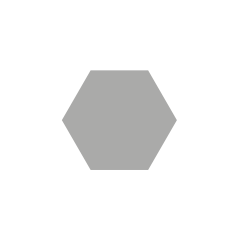 | 1.2 Savannah |  | 1.8 River |
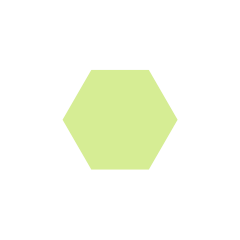 | 1.3 Steppe |  | 1.9 Mountains |
 | 1.4 Perennial Marsh |  | 1.10 Depression |
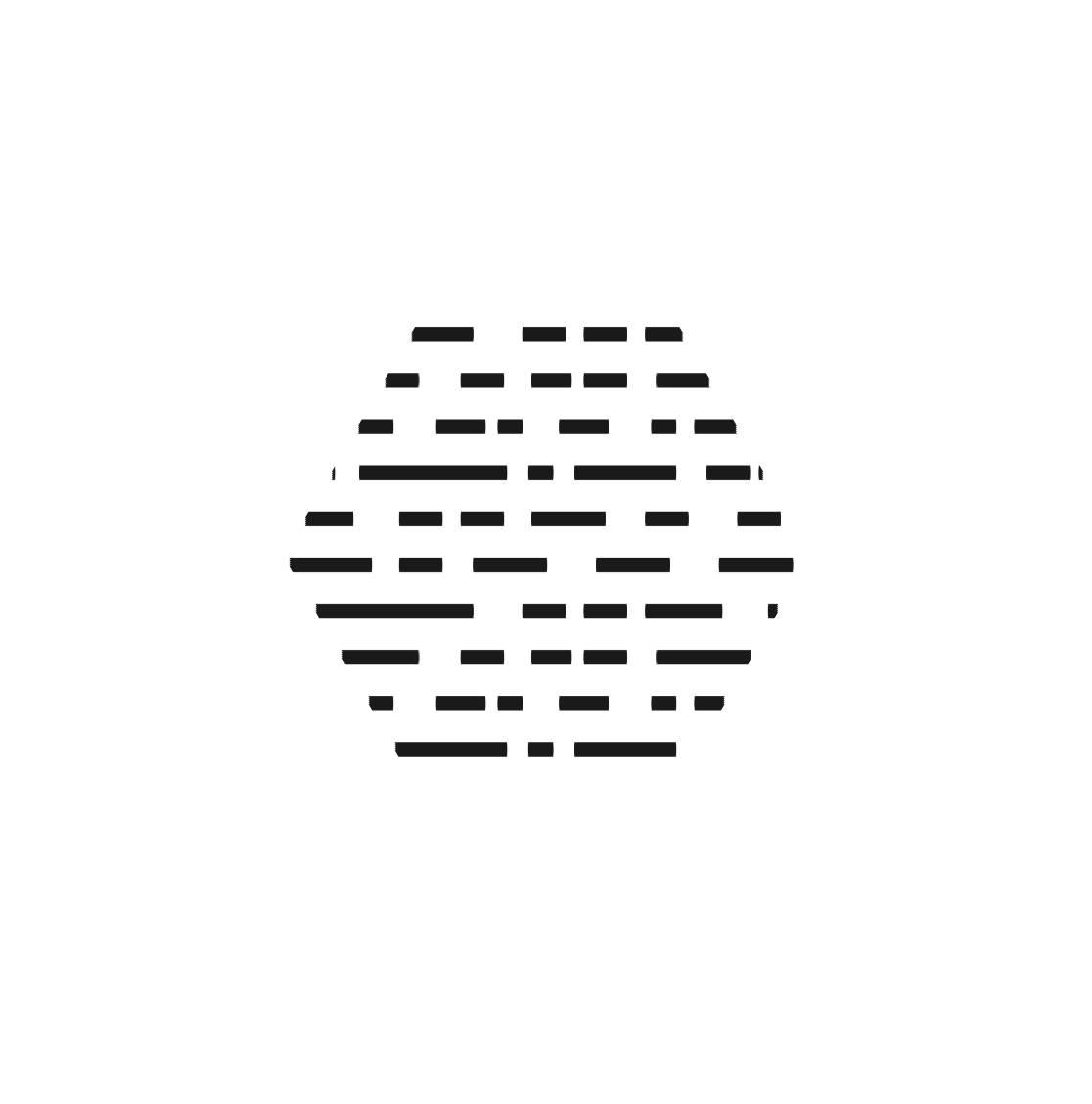 | 1.5 Seasonal Marsh |  | 1.11 Oasis |
 | 1.6 Lake |
# Regions
 | 2.1 Region Boundary |  | 2.4 Sanctuary Entry / Arrivals |
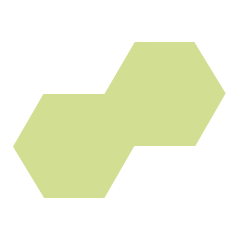 | 2.2 Prefecture |  | 2.5 Sanctuary Proper |
 | 2.3 Sudan Free Zone |
# Infrastructure
 | 3.1 Town / City |  | 3.5 Airfield |
 | 3.2 Village |  | 3.6 Airbase |
 | 3.3 Road | 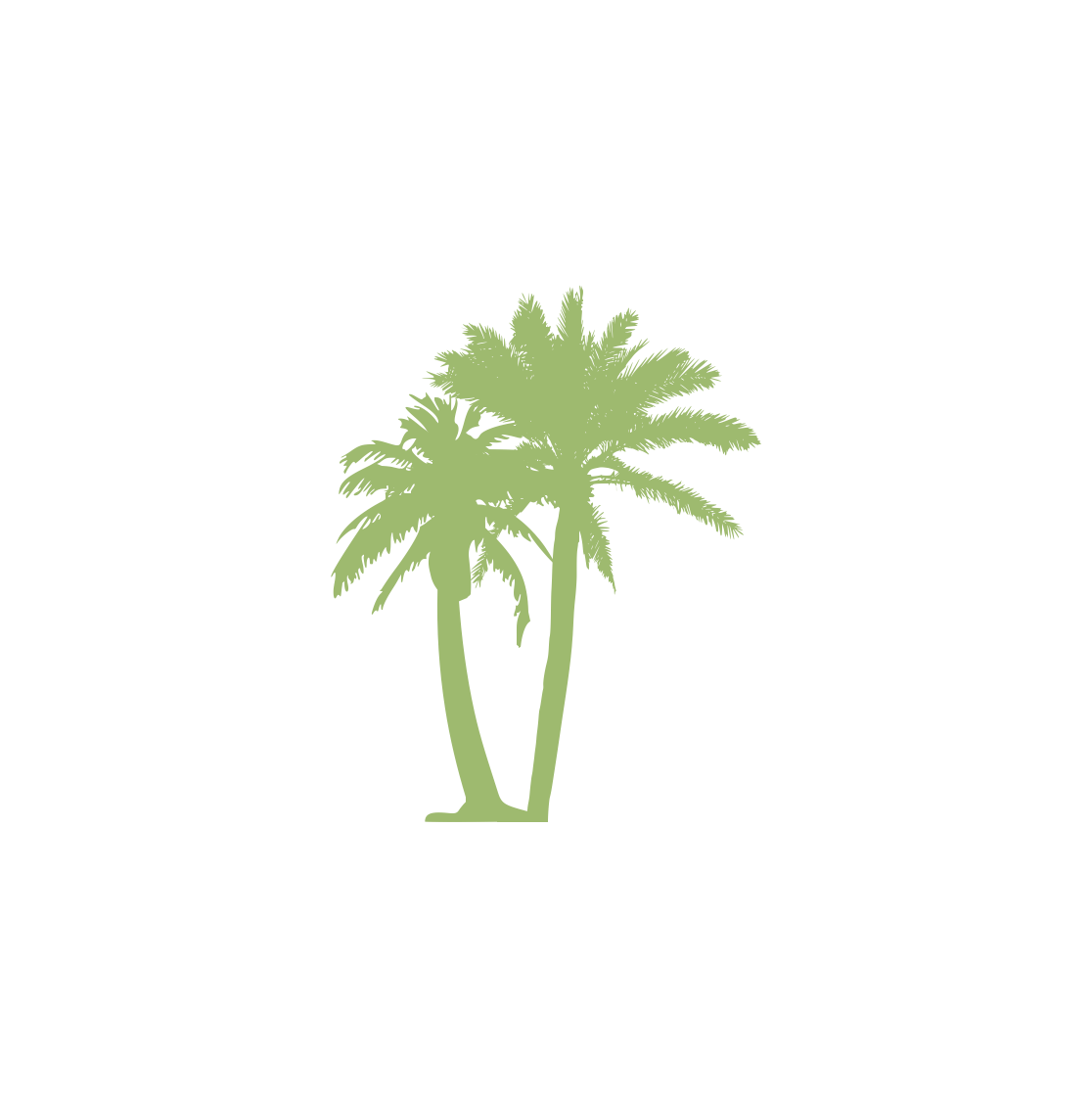 | 3.7 Perennial Well |
 | 3.4 Track | 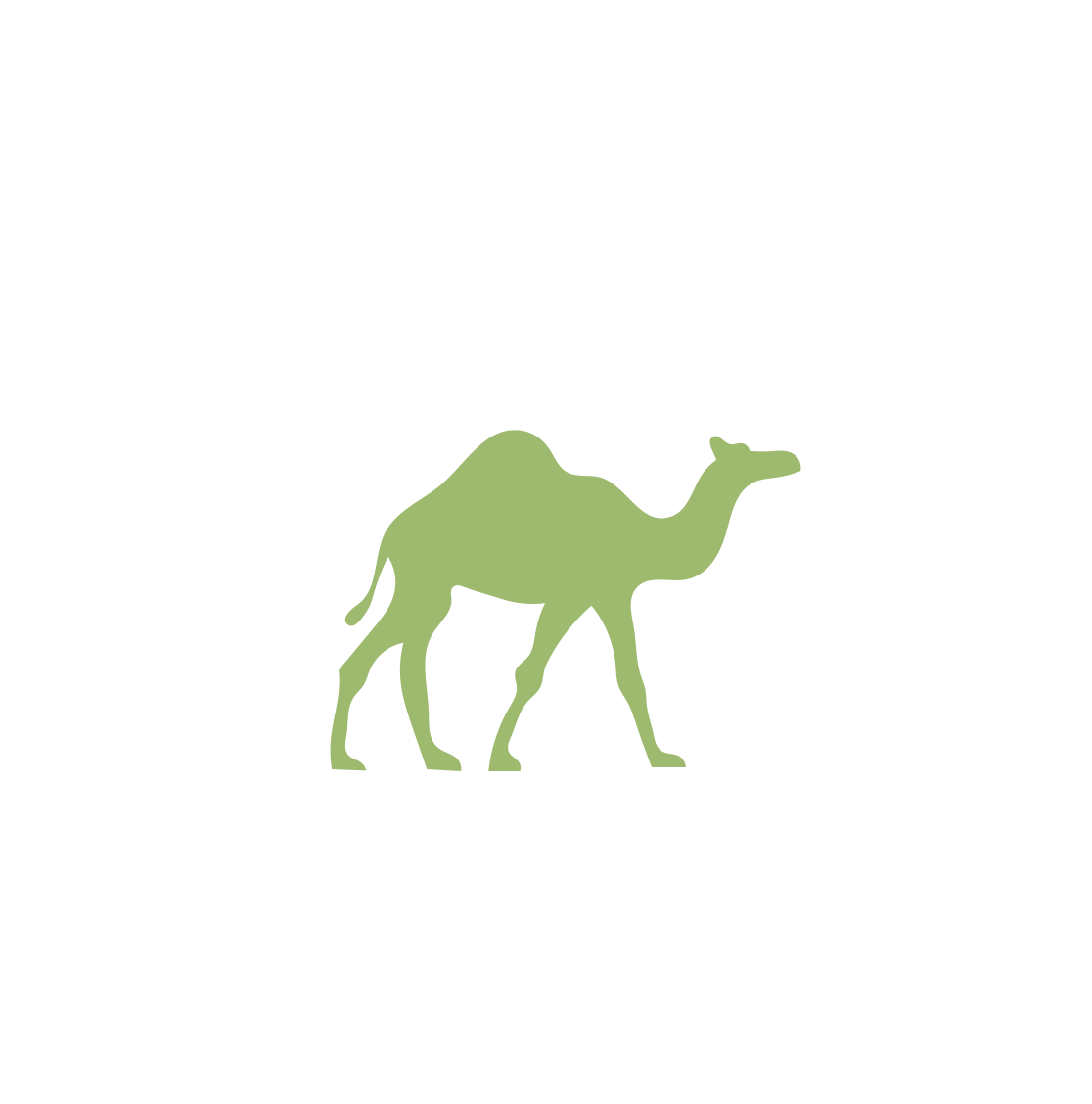 | 3.8 Seasonal Well |
# Sequence of Play
At the most basic level, the Sequence of Play for Toyota Wars consists of alternating phases of Movement and Battle. At the highest level, the Sequence of Play follows alternating six-month seasons of military campaigning called Tactical Phases.
# Overview
The overview chart below for Sequence of Play is easily accessible during gameplay on the Tables page.
The basic Sequence of Play For Opération Manta can be visualized with the following hierarchy:
TACTICAL PHASE 1
|
|
| [Phase Prep]
| - Season Change
| - Guerrilla Sanctuary Adjustment
| - Negotiations with Moundou
|
|
|__ Impulse 1
| |
| |__ Government Segment
| | |
| | | [Water Check]
| | |
| | |__ Movement
| | | |__ Sanctuary Entry
| | | |__ Regular Movement
| | | |__ Air Transport
| | |
| | |__ Battle
| | |__ Pre-combat Ops
| | |__ Combat Prep
| | |__ Combat Resolution
| |
| |__ Rebel Segment
| | [Water Check]
| |__ Movement...
| |__ Battle...
|
|
|__ Impulse 2...
|
|
|__ Impulse 3...
[Phase Wrap-up]
- Special Guerrilla Withdrawal
- Desert Water Supply Check
TACTICAL PHASE 2...
|
.
.
Let's break down each major phase of play.
# Tactical Phase Prep and Wrap-up
Phase Prep and Phase Wrap-up are very brief portions of the game where "housekeeping" adjustments are made by the players. Unlike during the Impulses themselves, the players are not actively strategizing via Movement and Battle during Prep and Wrap-up.
# Tactical Phases
At the broadest level, The Toyota Wars plays out as a sequence of Tactical Phases. Each Tactical Phase is its own six-month tropical season with different fundamental rules and conditions for Movement and Battle. For example, the first Tactical Phase of Opération Manta happens during Rain Season. During this time, wells are more available to units in the desert (see Season Change), but marshes are more troublesome to navigate in the savannah and the steppe (see Terrain Effects Charts). The second Tactical Phase, on the other hand, happens during Dry Season.
# Impulses
Each Tactical Phase is split up into three Impulses. An Impulse is the basic "round" for Toyota Wars, during which each player plays one turn.
# Segments
During each Impulse, the Government Player plays first and the Rebel Player plays second. Each player's turn is called a Segment. For the government, a Friendly Segment is a Segment during which the government plays; for the Rebel Player, it is the Segment during which the Rebel Player plays. Since The Toyota Wars is a two-person game, there are only two Segments per Impulse.
# Movement and Battle
During each player Segment, the player first moves whichever unit they wish to move, and then proceeds to attack any enemy units within attacking distance. In other words, a player's turn can be split up into Movement and Battle.
TIP
- Movement followed by Battle makes up a player turn, or Segment.
- Once each player has played their Segment, this makes up an Impulse.
- Three Impulses are repeated in order to complete a Tactical Phase.
- Once a Tactical Phase is complete, the season changes and the next Tactical Phase begins.

